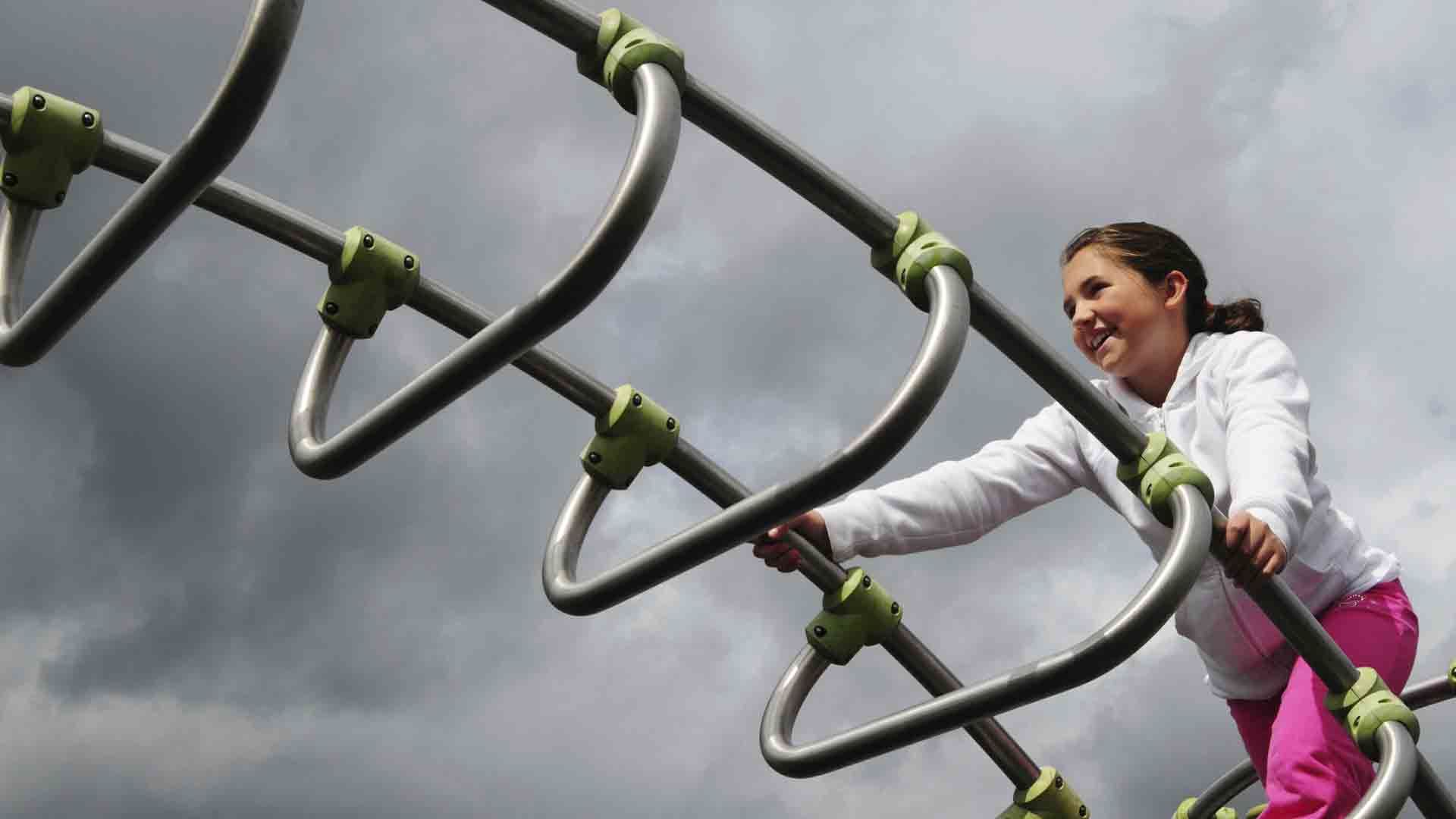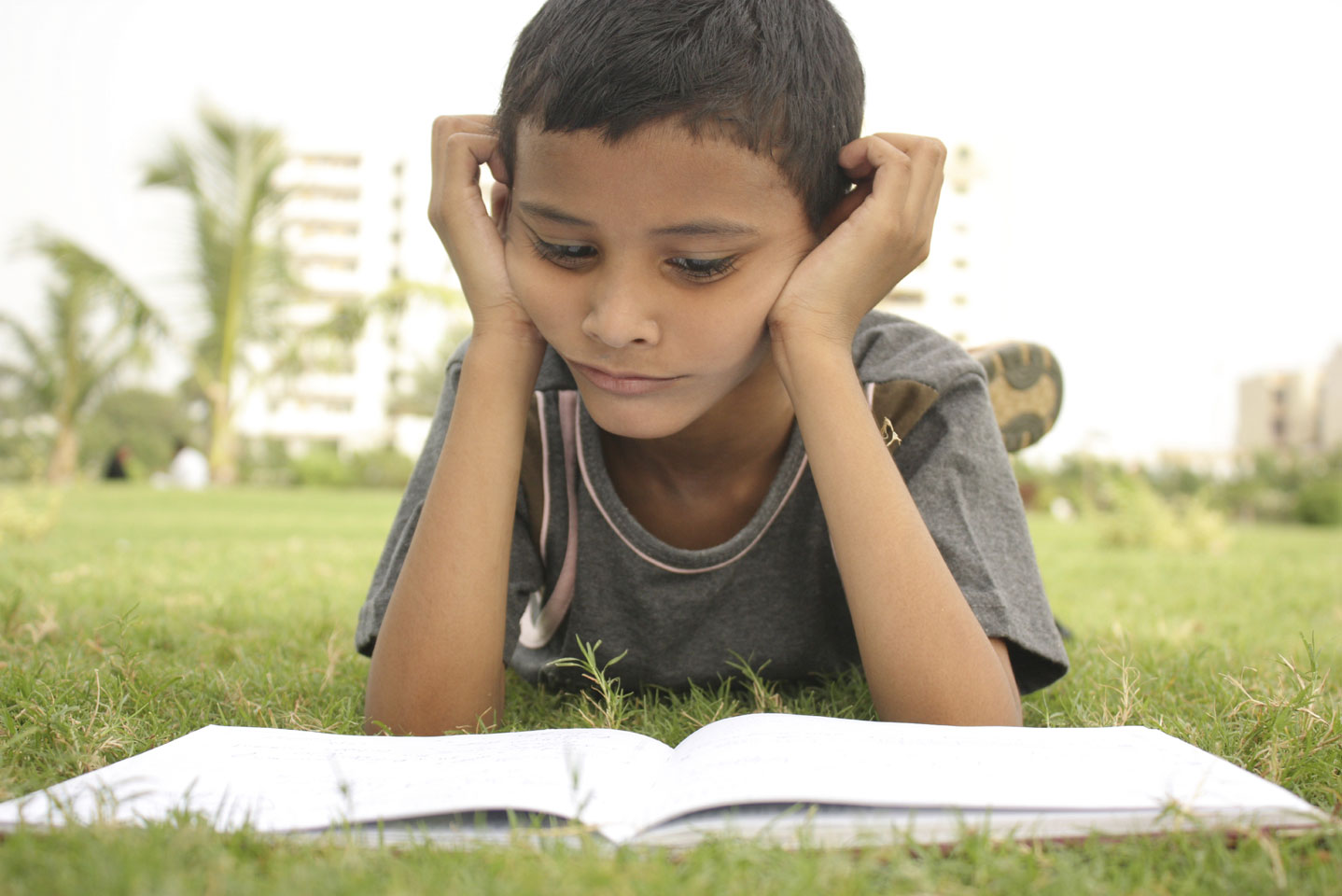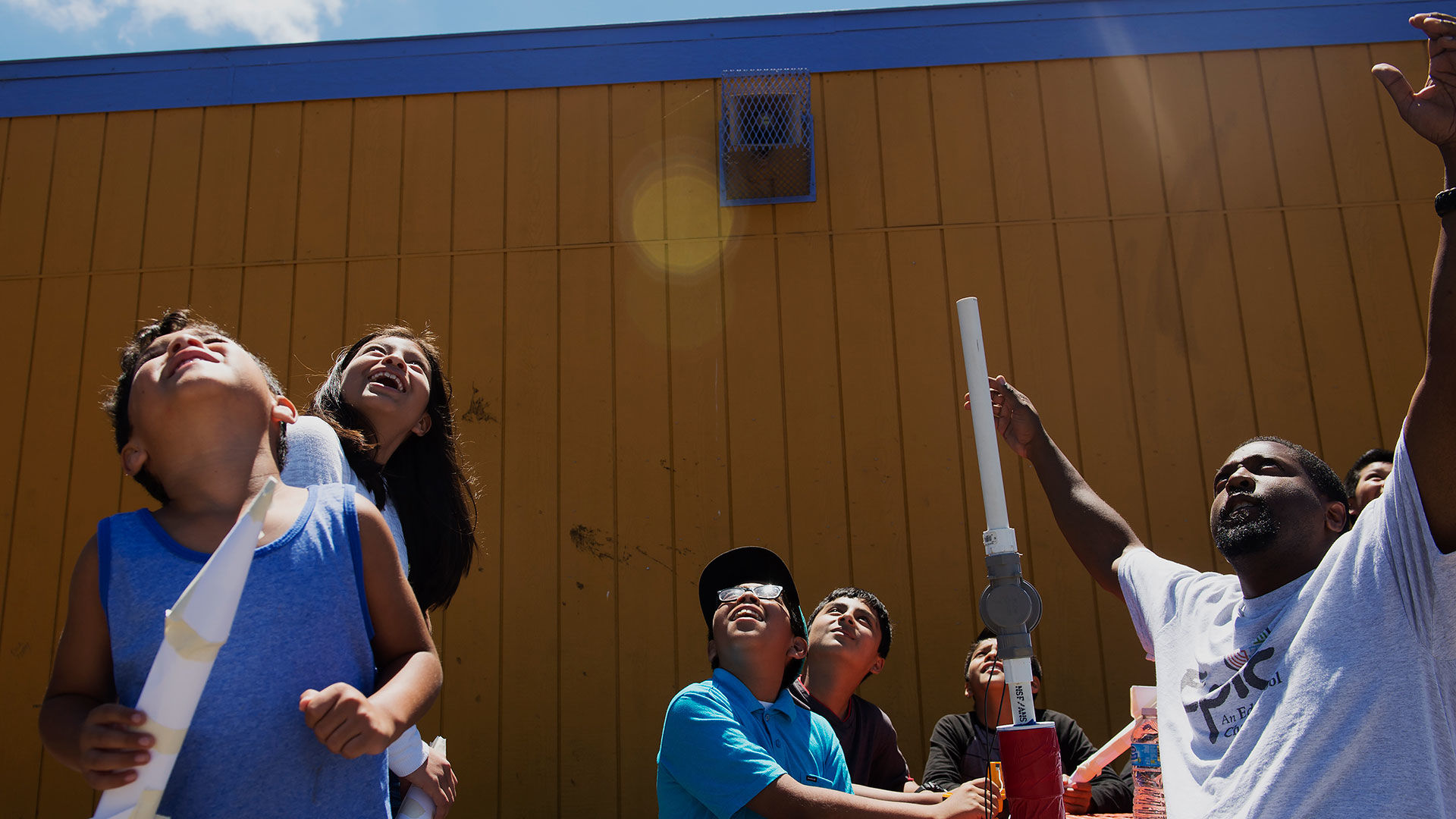
Ron
Turiello’s daughter, Grace, seemed unusually alert even as a newborn.
At 7
months or so, she showed an interest in categorizing objects: She’d take a
drawing of an elephant in a picture book, say, and match it to a stuffed
elephant and a realistic plastic elephant.
At 5 or
6 years old, when snorkeling with her family in Hawaii, she identified a
passing fish correctly as a Heller’s barracuda, then added, “Where are the
rest? They usually travel in schools.”
With a
child so bright, some parents might assume that she’d do great in any school
setting, and pretty much leave it at that. But Turiello was convinced she
needed a special environment, in part because of his own experience. He scored
very high on IQ tests as a child, but almost dropped out of high school. He
says he was bored, unmotivated, socially isolated.
“I took
a swing at the teacher in second grade because she was making fun of my
vocabulary,” he recalls. “I would get bad grades because I never did my
homework. I could have ended up a really well-read homeless person.”
Turiello,
now an attorney, and his wife, Margaret Caruso, helped found a private school
in Sunnyvale, Calif., exclusively for the gifted. It’s called Helios, and both
of their children now attend the school, which uses project-based learning,
groups children by ability not age, and creates an individualized learning plan
for each student. For Turiello, the biggest benefits to Grace, now 11, and son
Marcello, 7, are social and emotional. “They don’t have to pretend to be
something they’re not,” says Turiello. “If they can be among peers and be
themselves, that can really change their lives.”
Estimates
vary, but many say there are around 3 million students in K-12 classrooms
nationwide who could be considered academically gifted and talented. The
education they get is the subject of a national debate about what our public
schools owe to each child in the post-No Child Left Behind era.
When it
comes to gifted children, there are three big questions: How to define them,
how to identify them and how best to serve them.
1. How do you define giftedness?
One of
the most popular definitions, dating to the early 1990s, is “asynchronous
development.” That means, roughly, a student whose mental capacities develop
ahead of chronological age. This concept matches the most popular tests of
giftedness: IQ tests. Scores are indexed to age, with 100 as the average; a 6
year old who gives answers characteristic of a 12 year old would have an IQ of
200.
But
there are problems with this framework. No 6-year-old is truly mentally
identical to a 12-year-old. He or she may be brilliant at mathematics but lack
background knowledge or impulse control.
In
addition, IQ tests become less useful as children get older because there is
less “headroom” on the test, especially for those who are already high scorers.
“It’s like measuring a 6-foot person with a 5-foot ruler,” says Linda
Silverman, an educational psychologist and founder of the Institute for the
Study of Advanced Development.
Recent
intelligence research de-emphasizes IQ alone and focuses on social and
emotional factors.
“There’s
research that these other things like motivation and grit can take you to the
same exact academic outcomes as someone with a higher IQ but without those
things,” says Scott Barry Kaufman, a psychologist who studies intelligence and
creativity at the University of Pennsylvania and the author of the book Ungifted.
“That’s a really important finding that is just totally ignored. Our country
has a narrow view of what counts as merit.”
Of
course, as the definitions get broader, the measurements get more subjective
and thus, perhaps, less useful. Some centers for gifted children put out
checklists of “giftedness” so broad that any proud parent would be hard-pressed
not to recognize her child. Things like: “Has a vivid imagination.” “Good sense
of humor.” “Highly sensitive.”
2. How many students should be designated gifted?
It can
be useful for education policy purposes to think about giftedness as it relates
to the rest of the special education spectrum. Silverman argues that just as
children with IQ scores two full standard deviations below the norm need
special classrooms and extra resources, those who score two standard deviations
above the norm need the same. By her lights, the population we should be
focusing on is the top 2.5 percent to 3 percent of achievers, not the top 5 to
10 percent.
Scott
Peters disagrees. He’s a professor of education at the University of
Wisconsin-Whitewater who prepares teachers for gifted certifications. He says
the question that every teacher and every school should be asking is, “How will
we serve the students who already know what I’m covering today?”
In a
school where most children are in remediation, he argues, a child who is simply
performing on grade level may need special attention.
3. How do you identify gifted students?
The
most common answer nationwide is: First, by teacher and/or parent nomination.
After that come tests.
Minority
and free-reduced lunch students are extremely underrepresented in gifted
programs nationwide. The problem starts with that first step. Less-educated or
non-English-speaking parents may not be aware of gifted program opportunities.
Pre-service teachers, says Peters, typically get one day of training on gifted
students, which may not prepare them to recognize giftedness in its many forms.
Research shows
that screening every child, rather than relying on nominations,
produces far more equitable outcomes.
Tests
have their problems, too, says Kaufman. IQ and other standardized tests produce
results that can be skewed by background cultural knowledge, language learner
status and racial and social privilege. Even nonverbal tasks like puzzles are
influenced by class and cultural background.
Using a
single test-score cutoff as the criteria is common but not
considered best practice.
In
addition, the majority of districts in the U.S. test children for these
programs before the third grade. Experts worry that identifying children only
at the outset of school can be a problem, because abilities change over time,
and the practice favors students who have an enriched environment at home.
Experts
prefer the use of multiple criteria and multiple opportunities. Portfolios or
auditions, interviews or narrative profiles may be part of the process.
4. How do you best serve gifted students?
This is
the biggest controversy in gifted education. Peters says many districts focus
their resources on identifying gifted or advanced learners, while offering
little or nothing to serve them.
“There
are cases where parents spend years advocating for students, kids get multiple
rounds of testing, and at the end of the day they’re provided with a little bit
of differentiation or an hour of resource-room time in the course of a week,”
he says. “That’s not sufficient for a fourth-grader, say, who needs to take
geometry.”
While
this emphasis on diagnosis over treatment might seem paradoxical, it’s
compliant with the law:
In most
states the law governs the identification of gifted students. But only 27
percent of districts surveyed in 2013 report a state law about how to group
these students, whether in a self-contained program, or pulled out into a
resource room for a single subject or offered differentiation within a
classroom. And almost no states have laws mandating anything about the
curriculum for gifted students.
In
addition to a need to move faster and delve deeper, students whose intellectual
abilities or interests don’t match those of their peers often have special
social and emotional needs.
“I
believe that every single day in school a gifted child has the right to learn
something new — not to help the teacher,” Silverman says. “And to be protected
from bullying, teasing and abuse.”
Helping
gifted students may or may not take many more resources. But it does require a
shift in mindset to the idea that “every child deserves to be challenged,” as
Ron Turiello says.
That’s
why, paradoxically, many of the gifted education experts I interviewed didn’t
like the label “gifted.” “In a perfect world, every student would have an IEP,”
says Kaufman.
As it
happens, federal education policy is currently being reconfigured around some
version of that idea.
“The
whole NCLB era, and really back to the first Elementary and Secondary Education
Act in the 1960s, was about getting kids to grade level, to minimal
proficiency,” says Peters. “There seems to be a change in belief now — that you
need to show growth in every student.”
That
means, instead of just focusing on the 50 percent of kids who are below
average, teachers should be responsible for the half who are above average,
too. “That’s huge. It’s hard to articulate how big of a sea change that is.”
http://ww2.kqed.org/mindshift/2015/09/29/time-to-ditch-gifted-label-every-child-should-be-challenged-in-school/?utm_source=feedburner&utm_medium=email&utm_campaign=Feed%3A+kqed%2FnHAK+%28MindShift%29







